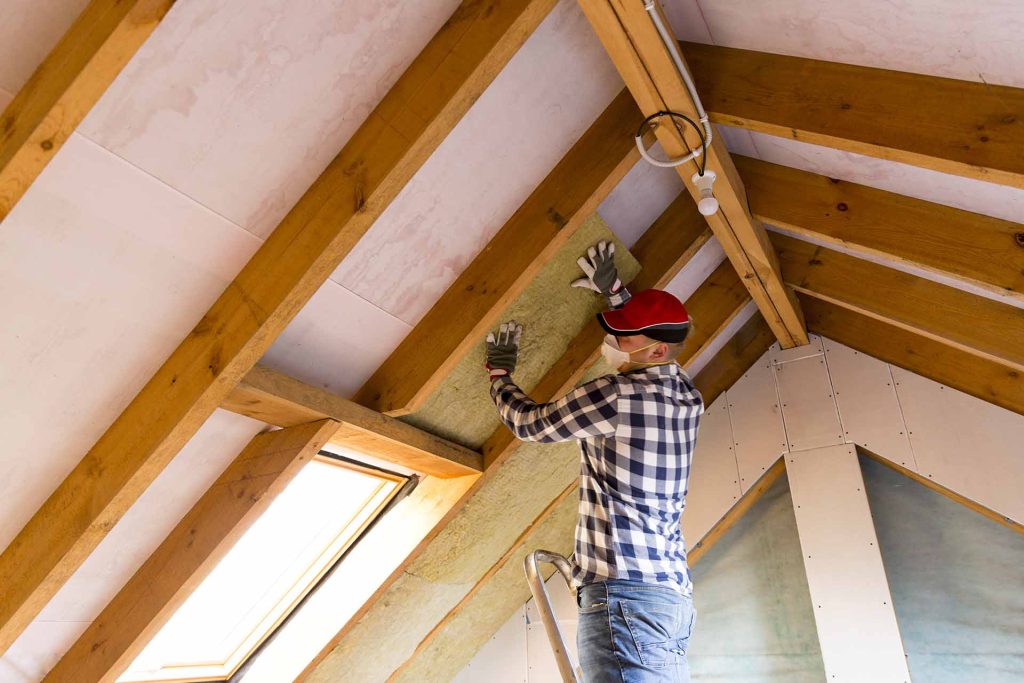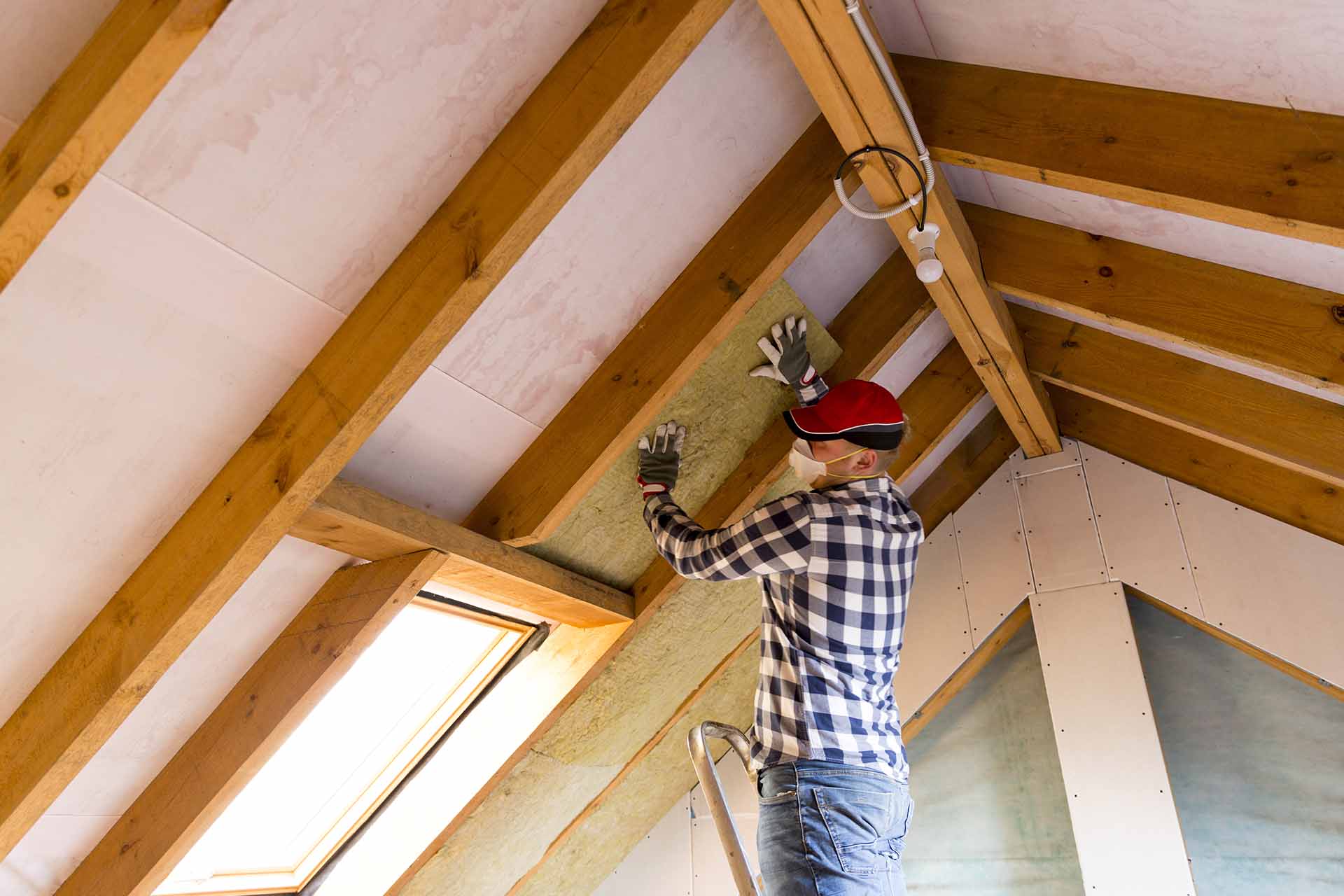When it comes to optimizing your home’s energy efficiency and comfort, understanding the insulation requirements for vaulted ceilings is paramount. In this comprehensive guide, we will delve into the key aspects of Insulation Requirements for Vaulted Ceilings, unraveling the complexities to help you make informed decisions for a cozier and more energy-efficient living space.

Why Vaulted Ceilings Deserve Special Attention
Vaulted ceilings add a touch of elegance and spaciousness to any home, but they also present unique challenges when it comes to insulation. The increased ceiling height and sloping angles create an environment where heat transfer can be more pronounced. To combat this, addressing the specific Insulation Requirements for Vaulted Ceilings becomes crucial.
Read too: Understanding the Causes and Solutions for a Crack Between Ceiling and Wall: Navigating Home Woes
Understanding Insulation Requirements for Vaulted Ceilings
When it comes to vaulted ceilings, a one-size-fits-all approach to insulation simply won’t suffice. Here are the key considerations to keep in mind:
- Types of Insulation: The choice of insulation material plays a vital role in meeting the Insulation Requirements for Vaulted Ceilings. From traditional fiberglass to more advanced options like spray foam or rigid foam boards, each material has its own set of advantages. Consider factors such as R-value, moisture resistance, and ease of installation.
- R-Value Matters: Understanding the R-value is essential when addressing Insulation Requirements for Vaulted Ceilings. The R-value measures the insulation’s thermal resistance, indicating how effectively it can resist heat flow. For vaulted ceilings, aim for insulation with a higher R-value to ensure optimal thermal performance.
- Ventilation Considerations: Proper ventilation is a critical component of Insulation Requirements. Vaulted spaces can be prone to moisture buildup, potentially leading to issues like mold or rot. Implementing adequate ventilation strategies, such as ridge vents or soffit vents, helps maintain a balanced environment and preserves the effectiveness of the insulation.
- Installation Techniques: Vaulted ceilings often have irregular shapes and angles, making the installation process more intricate. Employing proper installation techniques, such as ensuring a continuous layer of insulation without gaps or compression, is essential for meeting Insulation Requirements.
- Professional Assessment: When in doubt, seek the expertise of a professional insulation contractor. They can assess your specific vaulted ceiling design, taking into account factors like the roof type, climate, and local building codes. A customized approach ensures that the Insulation Requirements are met effectively.
Benefits of Adequate Insulation for Vaulted Ceilings
Investing in meeting the Insulation Requirements for Vaulted Ceilings goes beyond energy savings. Enjoy these additional benefits:
- Energy Efficiency: Maintain a consistent and comfortable indoor temperature year-round, reducing the strain on your heating and cooling systems.
- Cost Savings: Lower energy bills result from reduced heating and cooling demands, making your home more cost-effective in the long run.
- Environmental Impact: A well-insulated home contributes to a smaller carbon footprint, aligning with sustainable living practices.
Conclusion: Elevate Your Comfort with Informed Insulation Choices
In conclusion, understanding and meeting the Insulation Requirements for Vaulted Ceilings are essential steps toward creating a comfortable and energy-efficient home. Whether you opt for traditional or innovative insulation solutions, tailor your approach to the unique characteristics of your vaulted space. Elevate your living experience by making informed decisions that prioritize both comfort and sustainability. Invest in the insulation needs of your vaulted ceilings, and enjoy the rewards of a well-balanced, energy-efficient home for years to come.
